WhartonBrooks Part III: Can Cerulean be the next Lumia?
Microsoft is ending its Lumia line of smartphones and WhartonBrooks is planning to pick up where they leave off.
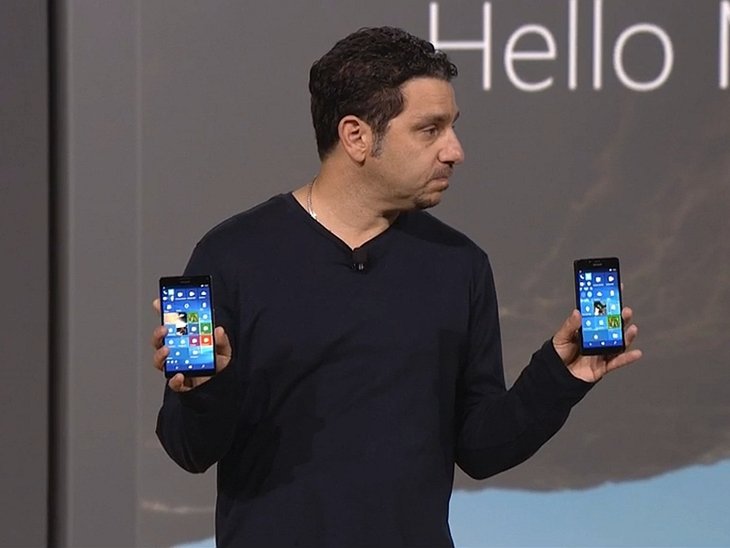
In our exclusive interview with Greg Murphy, the CEO of WhartonBrooks hinted at the pricing and investor challenges his young Windows Phone startup faces and their ambitions within the Windows 10 Mobile market. He wants his Cerulean phones to succeed the now-cancelled Lumia line — but is WhartonBrooks up to the challenge?
Investors believe in Window 10 Mobile, at least for the fans
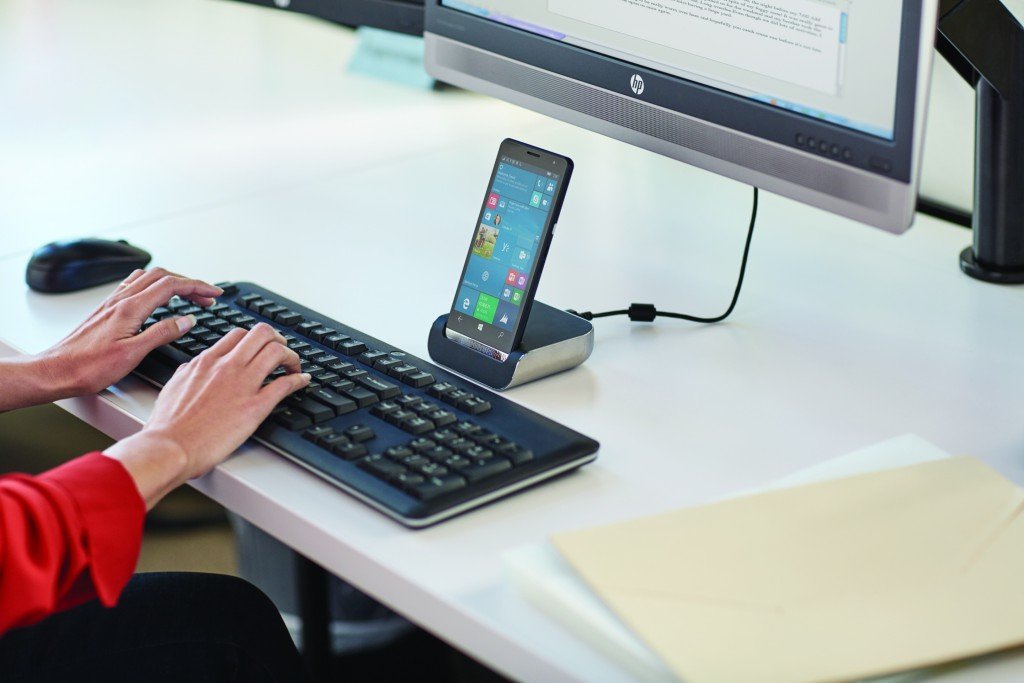
Like any company setting off on a massive endeavor, funding — and thus investors — is a must. In my discussions with Greg, I learned about his ups and downs with potential investors. Few investors want to invest in a smartphone company that is strictly about hardware. There needs to be some type of product or software advantage that is part of the package.
This reservation applies to the popular and saturated Android market and even more so for the market underdog: Windows phone. Investors needed to be convinced that Murphy was offering something unique. He had to communicate the advantages the combination Windows 10 Mobile and some as yet undisclosed WhartonBrooks product solution brings to the table. He also had to be very deliberate in who he chose as a target audience and how he communicated that to investors as well.
This may not come as a surprise to some, but Murphy learned that investors were not keen on hearing that his goal might be to convert iPhone and Android users to Windows phone. Murphy's statements of his target audience — existing Windows Phone fans — turned off some investors:
We are not looking to get people to switch from other platforms – we lost many investors with that statement.
There is good news and bad news in that statement. The bad news is that investors see the entrenched nature of users on rival platforms as so deep that attempting to convert them to Windows phone was not worth the financial risk. This view is consistent with Microsoft's admission that they've lost the consumer market for at least the next two years.
Investor interest is a validation of Windows Mobile, the UWP and Continuum.
The good news is that at least some investors acknowledge that Murphy's target audience of committed Windows phone users is a sufficient population to validate their investment in this fledgling company.
Though not a guarantee of success, it is a validation of Microsoft's vision for and Windows phone fans commitment to Window 10 Mobile, the UWP and Continuum. As a matter of fact, it was Continuum that helped Murphy make the sale to investors.
All the latest news, reviews, and guides for Windows and Xbox diehards.
Is "high growth" code for mid-range affordable flagship?
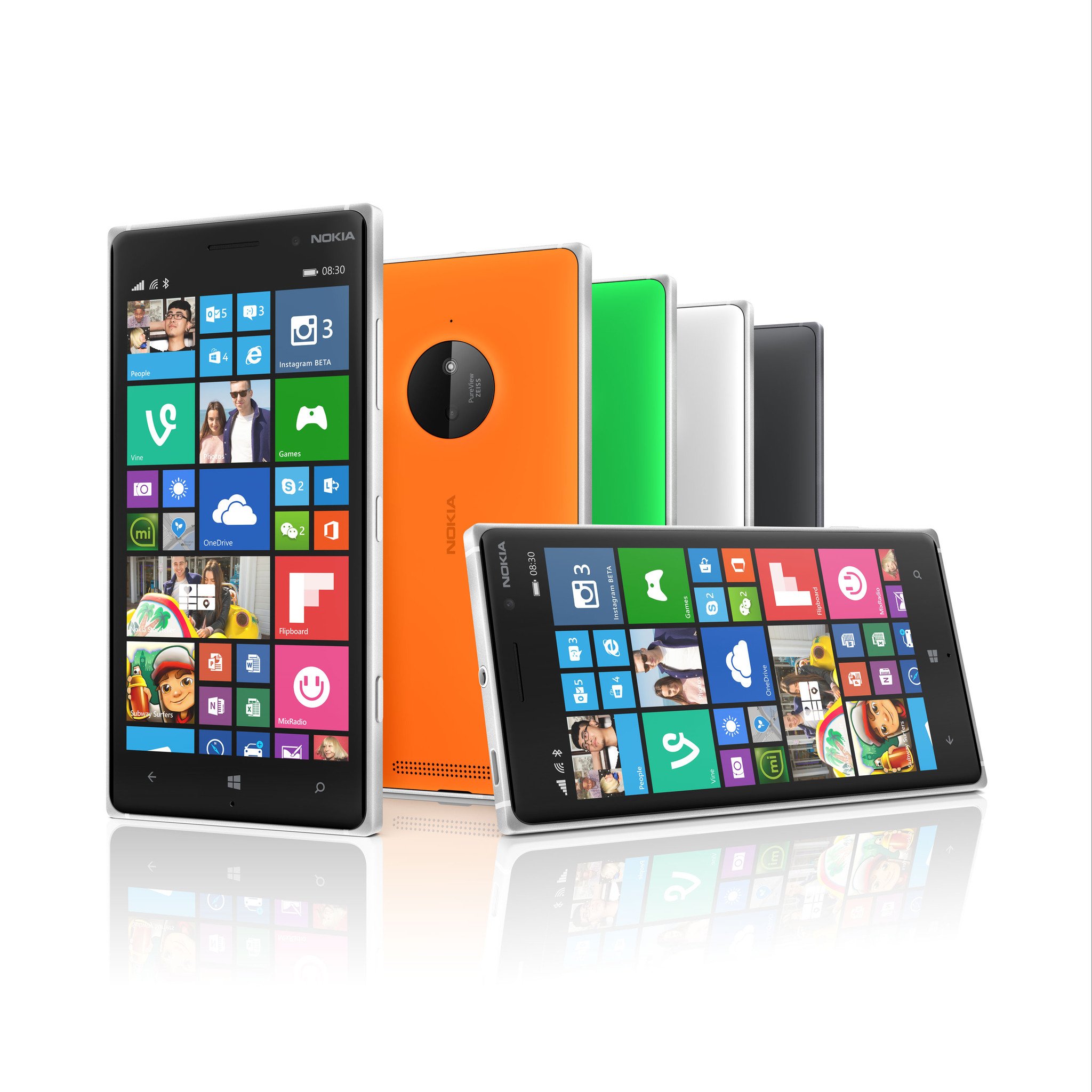
We seek to leverage emerging technologies to create high growth opportunities. An $800 phone is not high growth.
Murphy's assertion that the company is focused on high growth and that Cerulean phones will be accessible is reassuring. Hopefully, "accessible" translates to more than just a slight discount from that $800 price — it was the sub-$400 Windows Phones that saw the most adoption in years past. Unfortunately, non-disclosure agreements prevented Murphy from sharing the phone specs and price.
He does, however, confirm that he is aiming for an attractive device that is capable of effectively using the unique features of Windows 10 Mobile at the most accessible price possible. This goal admittedly necessitates a delicate balancing act that will likely require certain tradeoffs.
Is WhartonBrooks aiming for an affordable flagship?
An example of the level of performance targeted is the ability to engage in several hours of seamless streaming (no buffering or stuttering) via Continuum while playing a game and triaging emails. This strategy reminds me of Microsoft's "affordable flagship" strategy where the Lumia 830 was deemed overpriced for its specs and thus was poorly received.
Will Murphy arrive at a midrange price point that has close to high-end specs and the elegant, beautiful and modern looking design to which he aspires? We will see. Certainly, it's an area that several upstart Android manufacturers like OnePlus have seen some success.
That said, a large portion of Windows phone users are not enthusiasts. They are, rather, buyers of affordable low-end devices. Statistically low-end buyers, on any platform, are not inherently loyal to that platform. They are more price-sensitive than they are platform-centric, and they aren't typically inclined to upgrade to a higher-end, more expensive phone within the ecosystem — even if one were available. If Murphy's devices don't fall within the price range of this cost sensitive population, his target audience of all Windows phone users may be smaller than anticipated.
If he succeeds in building an accessible and attractive phone, the dedicated Windows phone fans and other Windows phone users may fuel his high growth strategy.
Here's the question: What is the most affordable price a user should expect to pay for the full range of Windows 10 Mobile features, performance and design?
Carry me
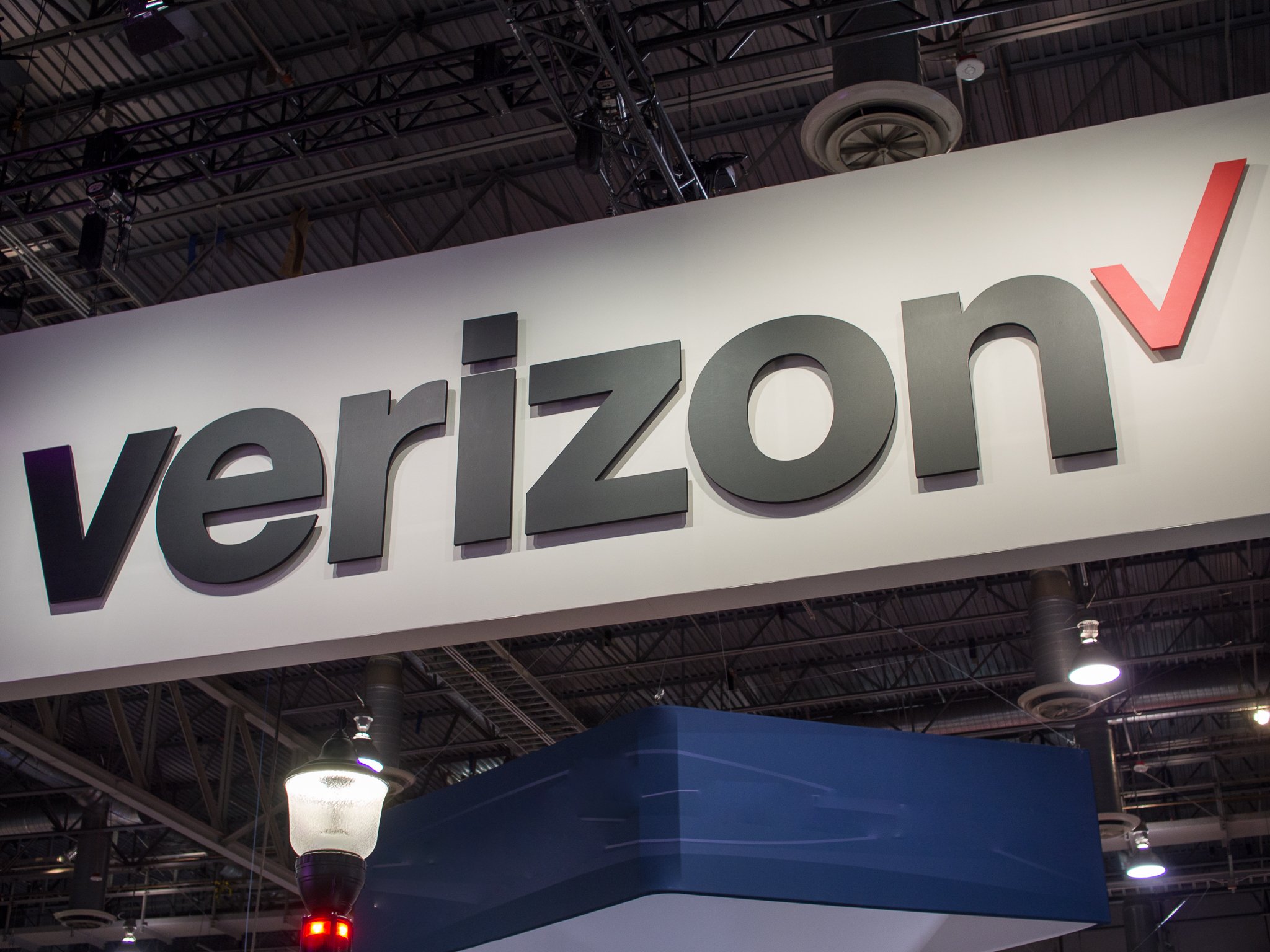
We are looking at our unlocked smartphones to be compatible with as many carriers as possible – it is part of our goal to be accessible to everyone. We are pushing very hard for it. Carrier compatibility is that important to us, perhaps the most important aspect of smartphone business. We must solve this problem.
I am hopeful that carrier support will be ubiquitous, but this quote doesn't inspire confidence. Windows phones have had a very spotty carrier support history. Moreover, Murphy's language — "pushing very hard", "We must solve this problem" — communicates an acknowledgment of barriers rather than solutions in this area.
Still, it is early, and anything can happen. But given the limited target audience and Microsoft's admission of a lost consumer space, carriers may be concerned that the devices will not sell in sufficient numbers. Let's wait and see.
The next "Lumia?"
I found Murphy's explicit embrace of the mantle traditionally held by Microsoft and Lumia first-party devices interesting:
We will be assertive with our marketing to show the strength of Windows 10 Mobile and to move Windows users to Cerulean Mobile.
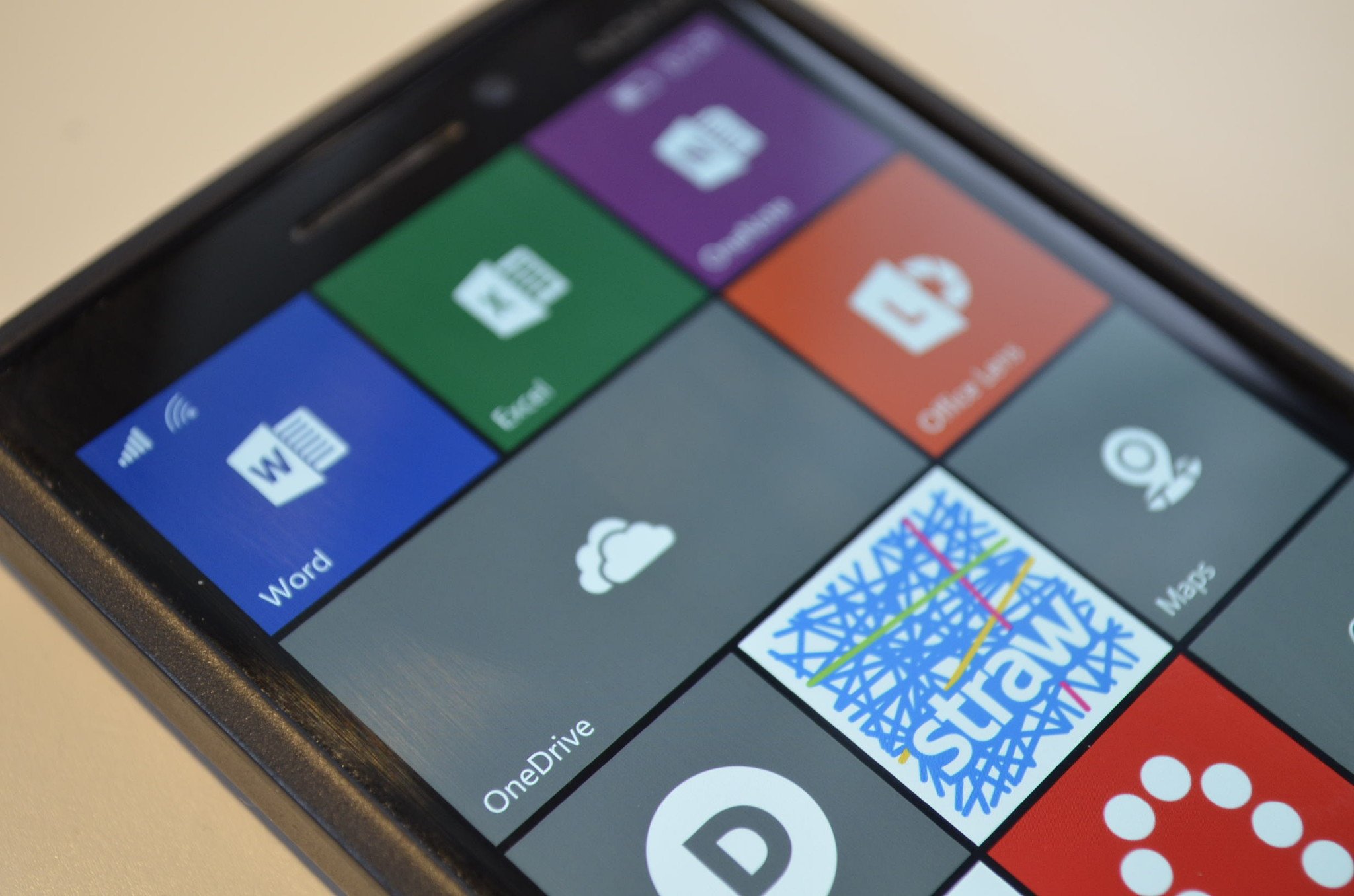
Most Window phone users have Lumias. WhartonBrooks is positioning themselves to embrace the Lumia users that will be looking for a new Windows phone given that there will be no more Lumias and the Surface phone is at least a year away.
Microsoft's marketing Windows Mobile beside Windows 10 is about mindshare not competing with rivals.
It will be interesting to see if Microsoft will aggressively support this and other Window phone partners. Given the firm's goals and budding relationship with Redmond, perhaps WhartonBrooks will be a strong OEM partner for the niche consumer market. I believe that yes, they should.
Certainly not to compete with iOS and Android at this stage, but to promote awareness of the mobile OS, maintain mindshare and support partners who are championing the platform while Microsoft's long-term first-party mobile strategy unfolds. Which if successful, will position Microsoft as a leader in an industry shift away from the idea of a smartphone to that of an ultra-mobile PC or 3-in-1.
Whatever the outcome, Greg is all in. He even carries a Cerulean prototype as a daily driver. If all goes well, millions of Windows phone fans will be what he amusingly referred to as Ceruleanites.
Cerulean phones as a consumer product
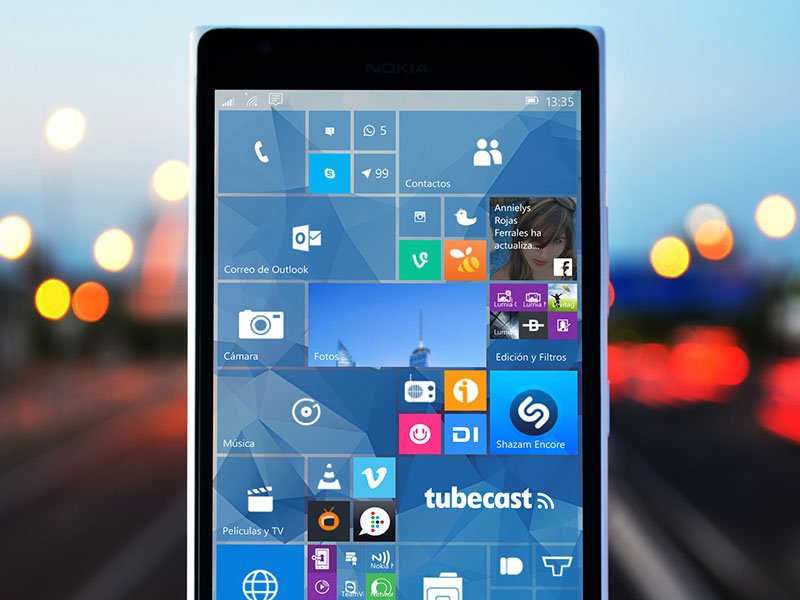
It is likely beneficial for Microsoft to have a consumer-facing partner to help keep Windows 10 Mobile "visible" outside of the enterprise. Murphy stated, "People on other platforms don't know about Window 10 Mobile and the disruptions that it brings." If Microsoft's mobile platform is "forgotten" in the consumer space, re-establishing a position within that segment from a blank slate, "after the shift" will be incredibly difficult.
People on other platforms don't know about Window 10 Mobile and the disruptions that it brings.
This is true even if Microsoft introduces an impressive device and software combination that changes the game. In a space that will have "forgotten" about Microsoft's mobile operating system, Redmond will be a "new" player competing against the only mobile platforms the industry and consumers will have known while Microsoft focused on the enterprise. They will have lost the little mindshare they now posses.
The competition is already entrenched and will be even more so in the coming years. Microsoft can't afford to be silent during that time. WhartonBrooks may be a player that helps keep Windows 10 Mobile part of the consumer-facing conversation.
Wait a minute what about that name?

If there's one thing that has people scratching their heads, its the name WhartonBrooks. Murphy said it came from a local inspiration:
When we were planning to be a software development company, we needed a name that would be perceived as prestigious and trusted. After batting around thousands of names over many months, one day I noticed a sign on I91 – Welcome to Wharton Brook State Park. So there it was - our name WhartonBrooks.
The name Cerulean for the company's smartphones is a result of seeking a name that looked to the future and was unique. They liked the idea of a color and went with Cerulean. Derek Egerman, the company's Chief Strategy and Planning Officer, married it with the Cerulean Warbler, which Murphy dubbed Homer.
Why might they succeed?
Like any company, WhartonBrook's has the potential for both success or failure. This Connecticut-based firm may succeed because they are contending in a niche space with relatively few competitors. Even other OEMs such as Alcatel aren't entirely focused on their demographic (millennials), or Windows phone for that matter. Murphy stresses that is all he does. With Lumia's exit from the space, WhartonBrooks is potentially positioned to reap the fruit of the pent-up demand of a passionate, if small, platform userbase.
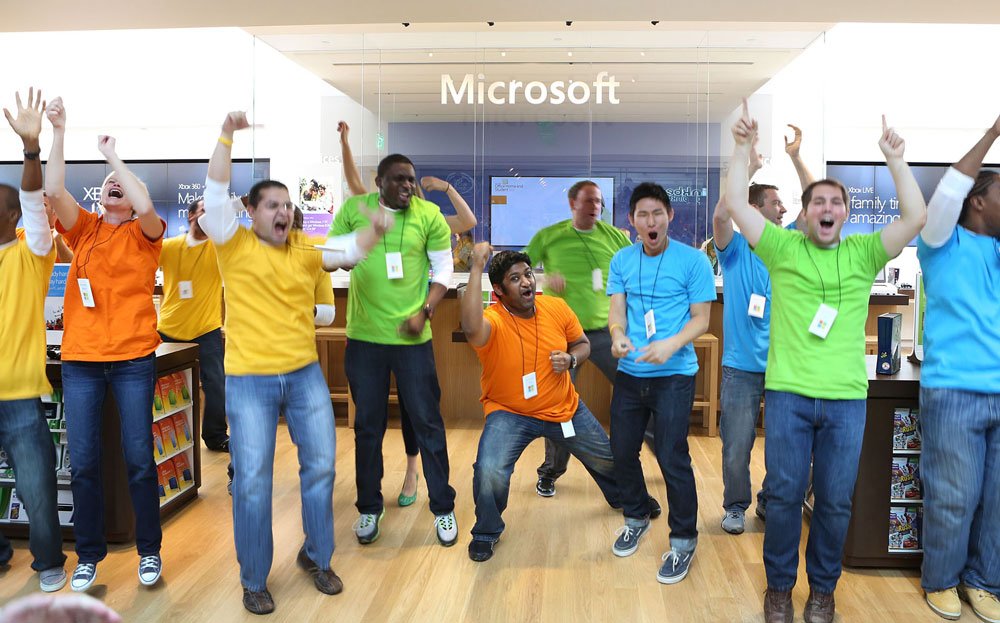
Furthermore, as a company that is basing future product development on the requests of the customer base, customer satisfaction has the potential of garnering high ratings. This model is also a strong basis for customer retention if successful.
Moreover, Murphy's choice to introduce his story and his company through podcasts and Meet & Greets is a potentially powerful marketing strategy. Rather than leading with a faceless inanimate device, this strategy has the potential of imbuing an intangible value to the product if consumers like the personality and character Murphy exudes. Though there are no guarantees for WhartonBrooks and Murphy, it worked for Steve Jobs and Apple.
Finally, times currently do seem bad for Windows phone fans given recent news that Microsoft has conceded the consumer space (for now) to rivals. These events are an excellent backdrop for WhartonBrooks to debut an appealing Cerulean phone within the next few months.
You should be able to buy a Cerulean mobile phone by Christmas.
If they fail to deliver, because sometimes things just don't go as planned, we always have the Windows phone fan mantra: "Wait until next year." And of course, we will do so as we look longingly toward the Surface Phone, and a presumably more mature Windows 10 Mobile and UWP. I hope we don't have to wait that long to see something exciting on the Windows phone front.
If WhartonBrooks, the Windows phone OEM founded by a Windows phone fan for Windows phone fans has their way, we will see something exciting before Christmas.
So what are your thoughts? Are you looking forward to a powerful Windows phone that won't break the bank? Does Windows phone need at least one manufacturer to carry the fans? What are the company's chances of success if they don't get broad carrier support? There's a lot to talk about! Sound off in comments, forums and on Twitter!

Jason L Ward is a Former Columnist at Windows Central. He provided a unique big picture analysis of the complex world of Microsoft. Jason takes the small clues and gives you an insightful big picture perspective through storytelling that you won't find *anywhere* else. Seriously, this dude thinks outside the box. Follow him on Twitter at @JLTechWord. He's doing the "write" thing!
